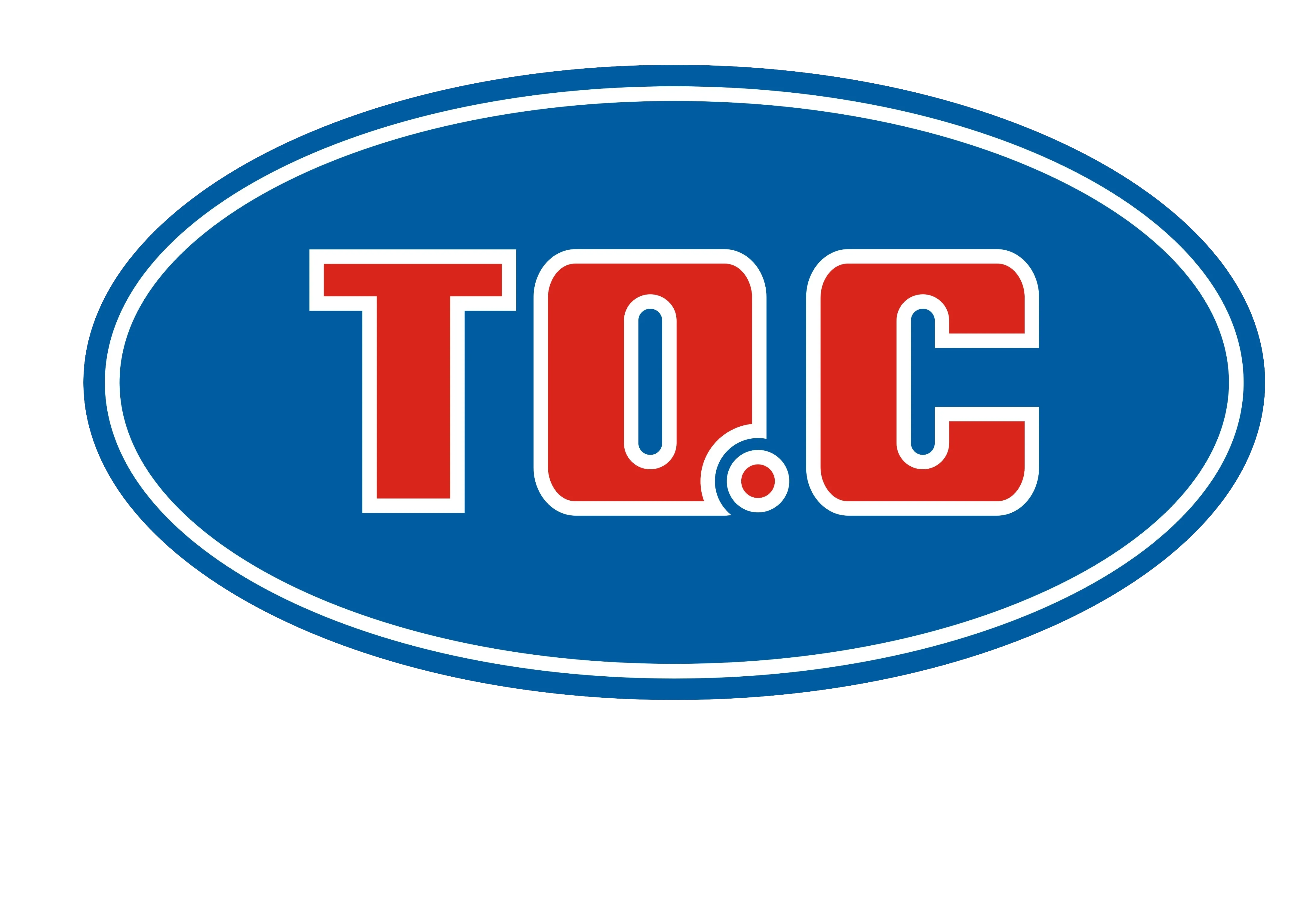What is Lacey Act? The Lacey Act is a law banning the trade in illegally sourced trees and related products, including timber and timber products, passed by Congress on May 22, 2008.
What is the Lacey Act?
What is Lacey Act? The Lacey Act is a law banning the trade in illegally sourced trees and related products, including timber and timber products, passed by Congress on May 22, 2008. Now, the Lacey Act sets a new precedent for global trade in timber and timber products, recognizing and supporting other countries' efforts to manage their resources and establish Strong incentives for companies trading in these commodities to comply with those described in the Lacey Act.
What is the US Lacey Act?
1. Prohibit the trade of plants or plant products - including illegal timber and wood products originating from any state of the United States or from a foreign country into the United States.
2. Requires the importer to declare the origin and the name of the wood in their products.
3. Establish penalties for violation of this act, including confiscation of goods, fines or incarceration, or confiscation of transporting vehicles and equipment in serious cases such as smuggling of sourced products. illegal originals or forged papers.
What information should be reported and why?
The Lacey Act requires importers to provide a basic disclosure record to accompany each shipment of timber or wood products. The purpose of this declaration is to increase the transparency of timber and commercial trees so that the US Government can better enforce the law. The content of the declaration should include the following:
- SCIENTIFIC NAME OF TYPES OF WOOD COMPONENTS IN PRODUCTS,
- NAMES OF THE COUNTRY Where the wood was mined,
- QUANTITY AND,
- VALUE.
Does the reporting requirement apply to all wood products?
Is not. First, the Law has special provisions for complex products that often use ingredients from multiple countries or species of trees. In the absence of a specific country or tree species, the Law allows a list of potential timber species and / or countries (must include the name of the country of origin) as the place of origin. the origin of the wood origin. Second, there is no need to declare the tree species or source of recycled materials for paper products produced from recycled fiber materials. However, importers are required to provide information on the average% of the recycled content as well as the species and source of wood material that is not in the recycled content of the product. Finally, importers do not need to declare wood processed packaging materials such as cardboard or straw cardboard unless the packaged product is the primary import. After two years of implementation, the government should review compliance with reporting requirements and the impact of packaging material exclusion. Based on the results of this review, the government can issue regulations governing the scope of application of these three forms.
Difficulties for Vietnam
Speaking to the press in the country, Mr. Nguyen Ton Quyen, Chairman of the Vietnam Timber Association said that understanding to respond to this law of Vietnamese enterprises is not ready, because there is no specific guidance from authorities. Up to now, relevant ministries and agencies have not agreed on which state agency or non-governmental organization will be responsible for issuing some certificates to exporters. Wood processing enterprises do not know where to get money but apply for a certificate because each forest plantation for raw material forest needs 2 million USD to deploy.
Another difficulty that Vietnamese businesses will face with the Lacey Act according to Mr. Nguyen Ton Quyen is that “Vietnam does not know which country or company to sell timber to Vietnam with full licenses such as request. Vietnam's wood export industry depends on 80% of raw materials from abroad. ”
Vietnam Trade Counselor in the US, Ngo Van Thoan, in a previous interview with Radio Free Asia said that the Lacey Act has created new trade barriers and caused American consumers to pay the price. higher, "they provide more new jobs, drive costs up, take longer, and American consumers pay higher prices."
But according to Jack Hurd of TNC, the notion that the Lacey Act creates barriers to trade and therefore can reduce exports is not grounded:
“Commenting that these regulations are trade barriers in my opinion is not correct. Requiring exporters to comply with their own country's laws cannot be considered unreasonable. I think exports will decline. The first reason is that the production and business activities in Vietnam are a complicated structure. This is an important export industry, businesses and the government of Vietnam can completely meet the world's requirements. The businessmen here are very responsive to changes in world markets. The history of Vietnamese furniture industry shows that. "
Currently, Vietnam's wooden furniture exports to the US market are still very strong, despite the recent financial crisis. In 2009, the US imported from Vietnam 1 billion USD. The US is also the largest wood export market for Vietnam.
Ms. Ngo Thi Hong Thu, Deputy General Director of Truong Thanh Wood Industry Company, one of Vietnam's largest timber export companies to the United States, said that the new regulations create certain barriers, mainly for small exporters. The reason is that for a long time, they have been used to buying wood of unknown origin, even illegal timber to ensure competitive prices. Now to meet the new regulations, they will have to change their business practices. This is not easy to do overnight. And Truong Thanh timber company is ready to deal:
“The company knows very well and the company is aware of this, since 2002 that means 7 years ago, I set up my company under the COC process, which means chain of custody means tracing origin and from year I have been certified by SCS organization for the organization and COC certification always, is a company capable of making FFC certified goods, in general, the origin of the product, the origin of the wood used in The product is very clear from 2002 to now. ”
Vietnam has set a target of achieving an export turnover of 3 billion USD of furniture this year, with main export markets being the US, EU and Japan. Only in the first 3 months of the year, export turnover has reached 26% of the plan for the whole year. Although there are still many short-term difficulties related to policy changes in major markets, the representative of the Vietnam Timber Association still believes that the wood export industry will achieve its target and be in the export sectors. leading importer of Vietnam this year.
Head office address: No. 1A, Group 10, Quarter 5, An Binh Ward, Bien Hoa City, Dong Nai Province.
Transaction office 1: Nhon Trach 6 Industrial Park, Dong Nai Province.
Transaction office 2: Loc An Branch - Lot E, Road N1, Loc An Industrial Park - Binh Son, Long Thanh, Dong Nai Province.
Phone number: 0251 887 1409
Email: info@thongquan.com.vn






Read more